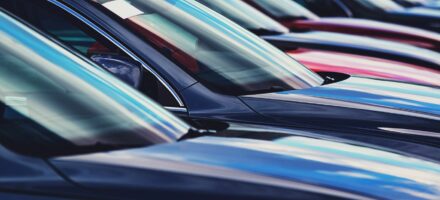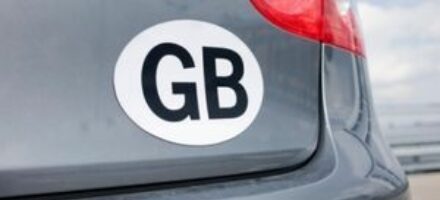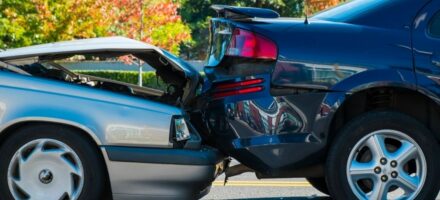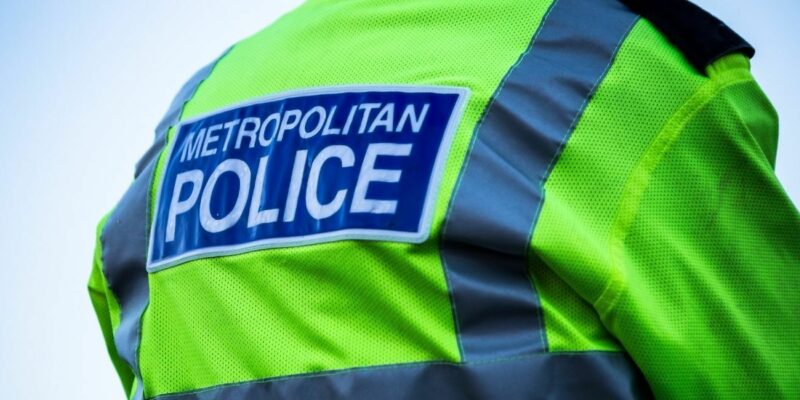
Roads without traffic signals would be a like a world without laws. Nobody would care about anybody else and the likelihood is that anarchy would break out. So it is with thanks that we have traffic signals, as they are a guide to how we should drive.
Just like everything that we deal with on the road, traffic signals can be a complex system and it is a good point to remember that traffic signals are not all automated.
Hand Signals
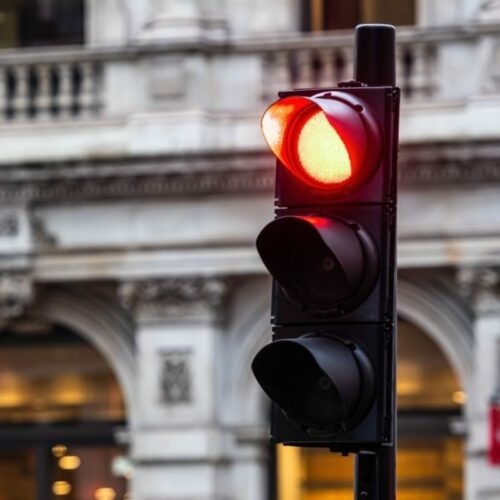
Traffic signals as we know them today in the automated fashion have been around in the UK since 1927 but police officers were using hand signals long before this. The authorities had the conception that motorists would not take heed of the lights unless they were operated by a policeman or that they would obey instructions unless given via hand signals by a police officer. Once automated signals were invented, traffic officers were freed up for other duties.
At this time and when needed today it is up to the police officer to decide what road should be given priority. The traffic officer should judge the road layout and take into account the busiest road as the main thoroughfare – this should be given priority but discretion is left to the officer manning the junction.
Signals Must Be Obeyed by Law
You should remember that it is the law to always obey hand signals that a Police Officer may give you. A Police Officer will usually be giving motorists traffic signals when the automated signals are not working or if they are needed to ease congestion near an event that may be taking place.
A Police Officer can also pull you in for committing a traffic violation by using hand signals as the officer's colleagues may have already caught you speeding on camera and this officer is awaiting you on approach so that they can ticket you for your offence.
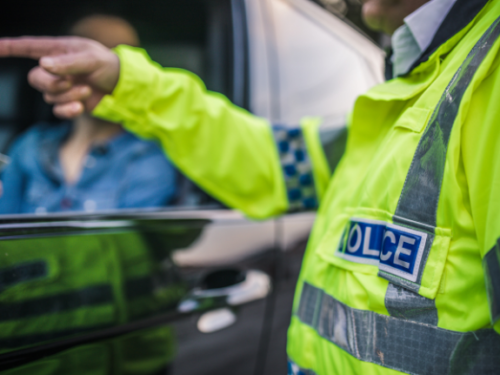
Patrol Car
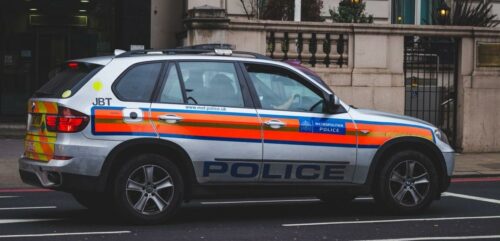
In this situation, the Police Officer may be close to a nearby patrol car or motorcycle and they can attract your attention by flashing their blue lights or sounding their siren. The officer, if standing, may direct you to pull your vehicle into the side of the road.
However it is more common to see a Police Officer direct the flow of traffic at a road junction by using hand signals.
Directing Traffic
The Police use these signals to direct traffic – try to remember what they look like as you never know when you’ll need them.
When a Police Officer is stopping oncoming traffic, the Officer will be facing the traffic and have his/her right arm raised with the palm of their hand in a flat shape with the fingers pointing to the sky.
Signal to Stop
To stop traffic from behind and from behind them the Officer will have their right hand raised as above and they will also have their left arm straight out from their side.
When a Police Officer needs to stop traffic from behind they will have their left hand straight out from their side as stated above.
Beckon Traffic
To beckon traffic that is approaching the Officer, they will raise their hand and wiggle their arm in an arched fashion.
If the Officer is wanting the traffic from behind to continue then they continue to face forwards but turn their head sideways and wave their arm in a circular motion.
For all these instructions you should refer to the Highway Code as its illustrations clearly demonstrate these instructions.
Disclaimer: The information in the article is for general purpose information only and should not be constituted as legal advice. This article has been produced by a third party and Jardine Motors does not take any responsibility for the completeness, accuracy, or reliability with respect to the website or the information provided. Article last updated March 2016.

